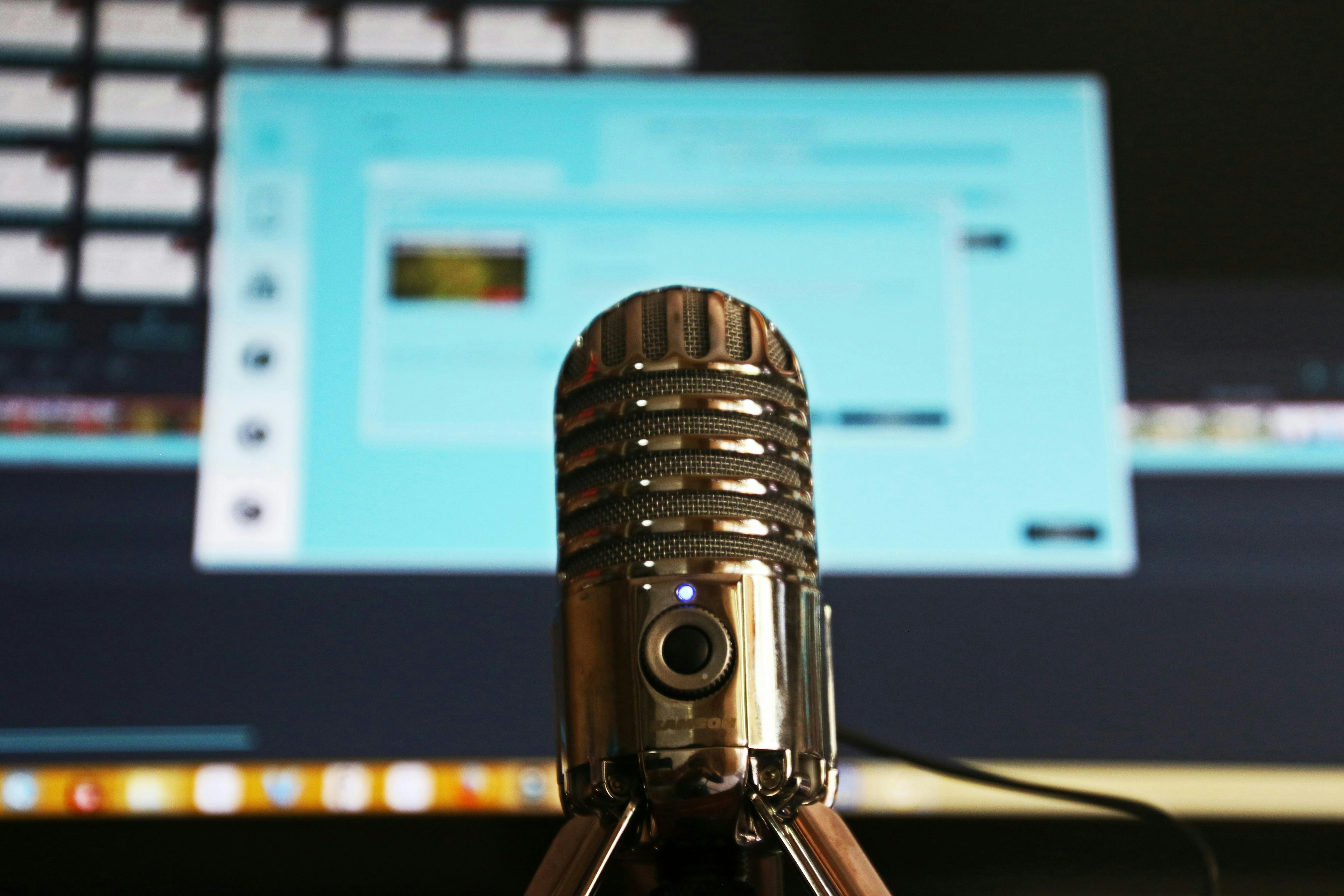

If you’re reading this, there is a good chance that you are part of the 51% of U.S. consumers that enjoy listening to podcasts. And your team might be interested in making the switch from consumers to producers. Unfortunately, you’re not alone, as of April 2020, there are over 1 million active podcast shows, growing an astounding 81% since June of 2018.
Interestingly, B2B podcasts rank second in popularity among other topics like society & culture and comedy. As a result, studies show that there is a 14% increase in purchase intent for brands that advertise in business podcasts. And if that's not enough of a selling point, 64% of B2B buyers claim that they value podcast content in the early stages of the buying process.
What’s driving this growth and credibility?. Being a close cousin to radio broadcasting and a little less intimidating than video, podcasting is popular with professionals and consumers for one simple reason. It’s trustworthy.
Let’s do a little exercise. Raise your hand if you avidly listen to at least one or two podcasts per week. Okay, you can put your hand down now. Now, think about the host or hosts of that show, would you consider them authentic? Do you share similar passions and beliefs? Do you feel like they could be a friend in some way? Podcasting breaks down the barriers of traditional media and levels the playing field when it comes to voice and authority.
The first recording of the Client Confidential Podcast at Studio Murphy.
In 2019, Alloy launched our first podcast, hosted by Renee Spurlin, SVP of digital marketing and analytics and Evan Goldberg, SVP of client service, called Client Confidential that discusses new and noteworthy information and analysis on PR, digital, content marketing and social media. As the illustrious producer of this show, I learned a lot in this process, and have created a beginner's guide for other B2B brands looking to connect with audiences via authentic audio dialogue.
1. Nail Down Your Needs
Being an established brand, you might find yourself halfway through this step already. But nevertheless, be intentional with this step and try to determine what your audience might be missing from you in terms of external communication. Then, identify specific and actionable goals that you would like your podcast to achieve. At Alloy, we were struggling to fit our thoughts into the tight constrictions of a brief newsletter, we made the decision to transform our client-only quarterly Client Confidential newsletter into a podcast in order to deliver more profound topics in greater detail.
2. Begin Branding
Choose a title for your podcast that is straightforward and memorable. Keep in mind that SEO rules still apply here. Make sure that you are thinking about keywords that your audience would be searching for. Here is what Apple recommends when choosing a podcast title:
In early 2019, podcasts began showing up in Google search results, allowing listeners to access the show and some episodes directly through the search results. Simply put, podcasts are a great tool for landing top-of-funnel leads and then nurturing those prospects with audio content.
3. Get Equipped with the Right Tools
Podcasting is thought to be a laid back and intimate version of radio broadcasting, but in comparison to other mediums, has a fairly low barrier of entry. In theory, you could record your company’s show using your iPhone and the headphones it came with. And if you start a podcast with the trust of your audience already in your back pocket, they will most likely put up with poor audio quality. But for growing IT brands, I recommend investing in the necessary equipment because a crisp-sounding podcast conveys a certain level of professionalism that poor-sounding shows may not. Below is a buyer’s guide broken down by price and number of participants:
One Person Podcast
Samson Q2U - $60
USB Microphone (great alternative) - $45
Audio-Technica ATH-M20x - $49
Foam Ball - $10
Two Person Podcast
Samson Q2U - $60 (x2)
Audio-Technica ATH-M20x - $49 (2)
USB Microphone (great alternative) - $45 (x2)
Foam Ball - $10 (x2)
Three or Four Person Podcast
Zoom H6 - $299
Samson Q2U - $60 (x3 or 4)
Audio-Technica ATH-M20x - $49 (x3 or 4)
USB Microphone (great alternative) - $45 (x3 or 4)
Foam Ball - $10 (x3 or 4)
Podcast Editing Software
Audacity
GarageBand
Adobe Audition
Zoom/Google Hangout
There are plenty of other moving parts when it comes to recording and editing your podcast. In a latter blog post I'll cover how to develop a podcast content calendar, vocal tips and tricks, and more so you can deliver compelling content in each episode.
If you have any questions while getting started on your podcast launch or if you just want to talk podcasts, Tweet us! And if your brand wants to bolster brand awareness through a strategic media relations program, contact us today.